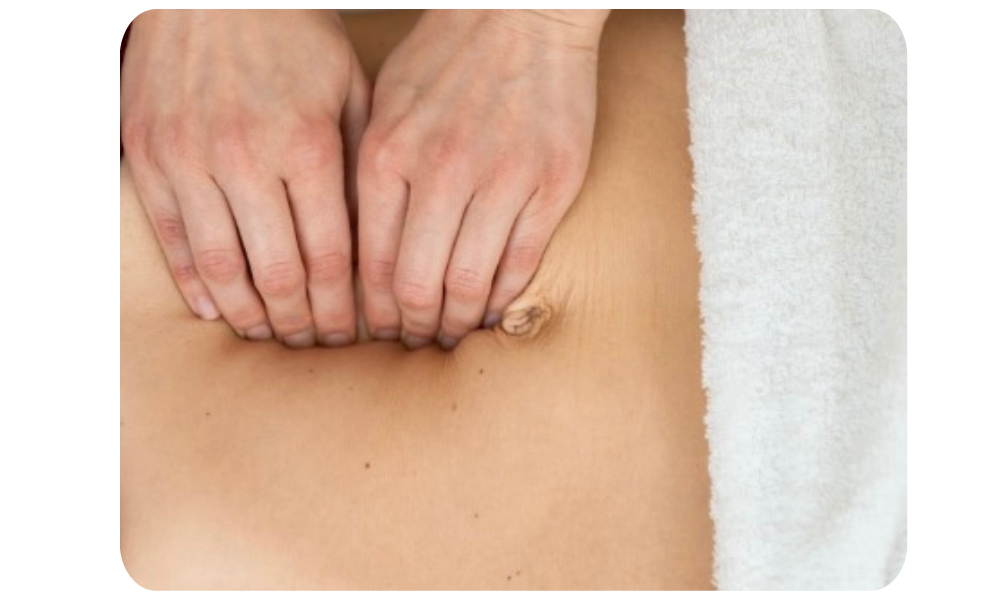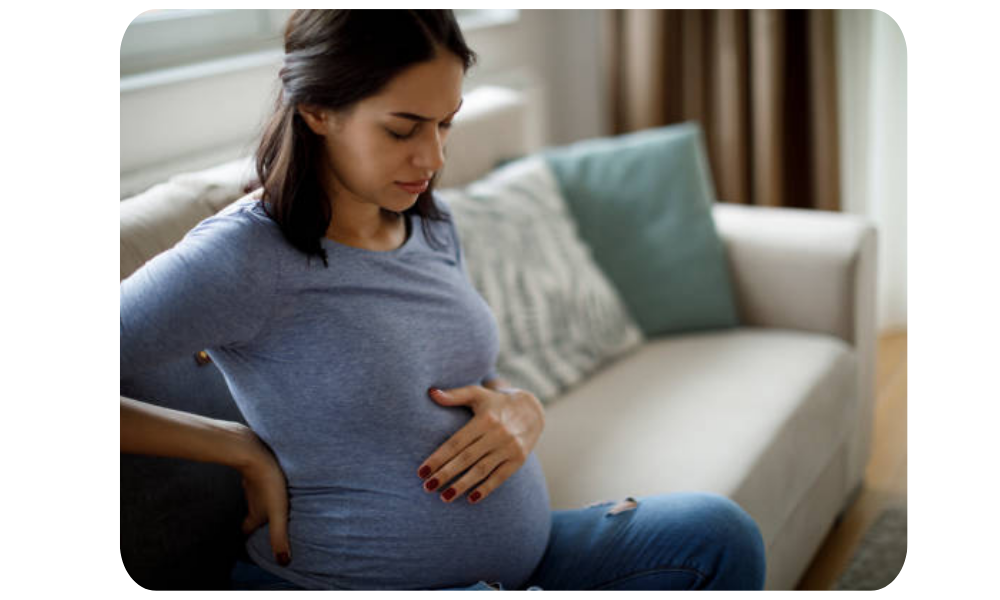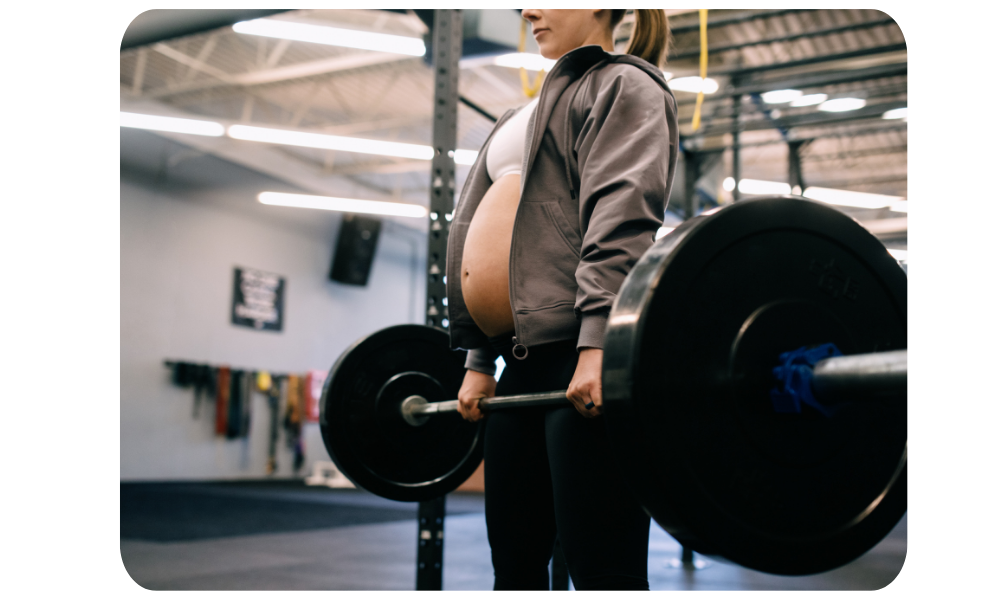Strong, Not Silent: Pelvic Organ Prolapse and CrossFit
Pelvic Health Is Strength: Why CrossFit Athletes Need to Pay Attention Did you know that pelvic organ prolapse (POP) affects roughly 1 in 3 women—and not just older women or those who’ve had multiple kids? High-impact, strength-based athletes like those in the CrossFit community are uniquely vulnerable too. This isn’t something we talk about enough. […]
Strong, Not Silent: Pelvic Organ Prolapse and CrossFit Read More »









